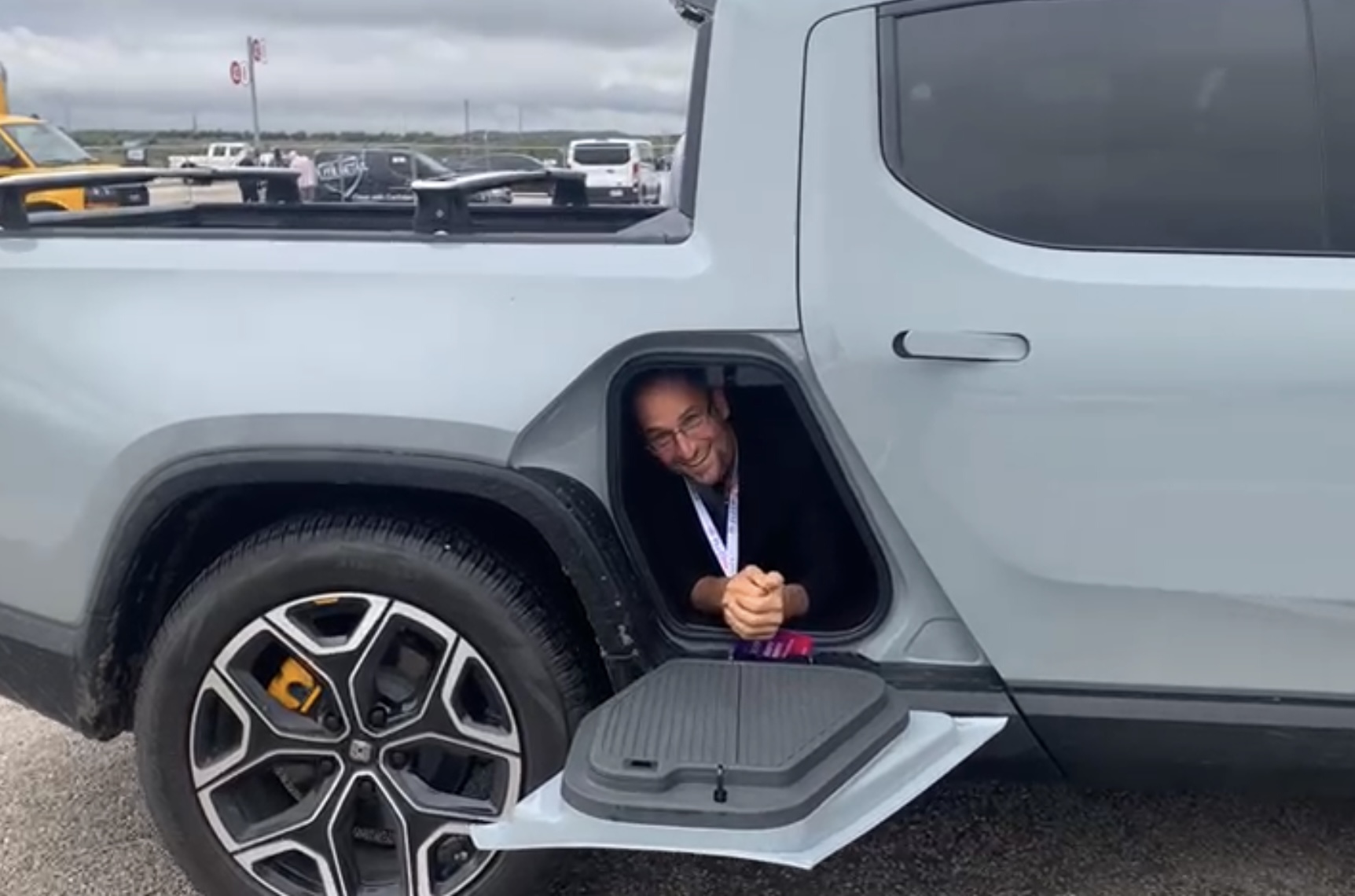IMDEX is looking to upend the standard drill and blast process with IMDEX BOLT™, a production hole survey tool for underground applications measuring blast hole deviation using a north seeking gyro.
IMDEX Commercial Manager – Underground Survey Applications, Mike Ayris, has been promoting the importance of surveying blast holes since he founded Downhole Surveys (DHS) in 1989.
DHS was majority owned by directional drilling specialists Devico and became part of the IMDEX group when IMDEX acquired Devico earlier this year.
For Ayris, the process is not drill and blast; it’s drill, measure, analyse and blast.
BOLT, meanwhile, is in the commercial prototype phase and has been installed at four sites with two trials underway.
Recent design changes have reduced the weight, making it easier to deploy overhead, thereby solving one of the key challenges of working in an underground environment, IMDEX says.
“BOLT addresses one of the biggest problems we have in blasthole surveying and that is the holes are drilled overhead,” Ayris said. “These can often be 5-m high. The only way of getting there and physically pushing a tool up the hole is from an elevated work platform from which the tool is pushed into the blast hole.
“IMDEX have created a method of deploying the tool from ground level.
“The original design of the BOLT had a depth limitation of about 20 m, but most of our clients are drilling between 25 m and 30 m and it is the longer holes that need to be surveyed because they deviate the most.
“A typical drive development from one level to the next is roughly 15 m but mining companies are investigating ways to double this length to 30 m as a way of increasing efficiencies and reducing costs.
“It now means the need to drill blast holes twice as long as previously. A lot of drill rigs are designed for 15 m not 30 m, so they are pushed beyond their capabilities which then causes deviation, among other factors.
“The consequence of blast holes deviating can be a stope hang up or bridging, where the rock is fired but doesn’t break or fall, forming a wedge. Once that happens there is no way of getting the rock out. Companies will try drilling beside the bridge and use explosives but it’s highly dangerous and very ineffective.
“Bridging is a major problem in underground mining, and blasthole deviation is one of the causes because if the blast holes deviate away from each other the explosive impact at the end of the hole is reduced.
“There are a lot of other factors, but surveying and measuring the deviation is one thing we can control by getting the information before blasting.”
Ayris said while engineers typically designed blast holes to have a maximum deviation of 3%, in his experience few holes fell within that specification, with some deviating by as much as 17%.
“If you look at the mining process, money is spent exploring from the surface, then getting the tenement lease, creating a decline to the orebody, doing the development drives, and drilling the blast hole,” he said.
“Drilling and firing is the last process, so you want to get it right.
“With BOLT we are trying to create a system that is on every underground mining operation so that blast holes are routinely measured. It’s not just drilling, filling the hole with explosives and hoping for the best. Now it’s drilling, surveying, reviewing and analysing the data, and making adjustments to the pattern based on that information before firing.
“It’s a very different way of thinking and we are challenging the traditionalists who just want to drill and blast. It is changing, it is definitely changing.”




